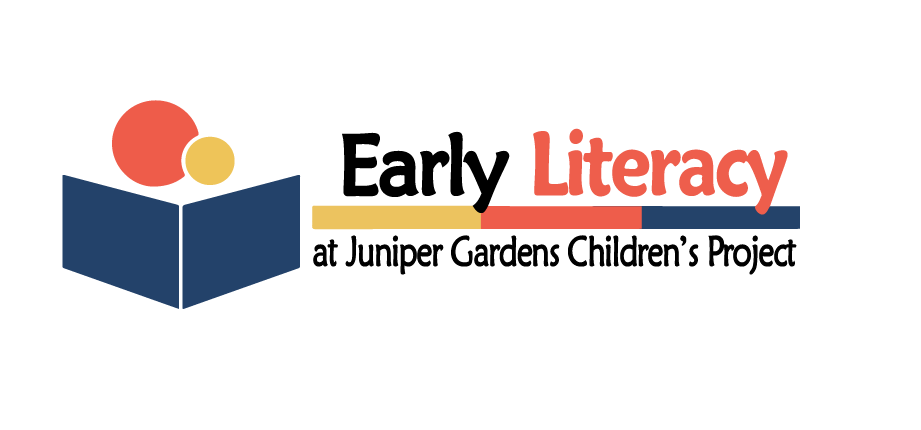What Do We Know About Preschool Literacy?
Reading is a keystone skill for future success in today’s technological society. Children not only need to read, but read well to succeed. The prevalence of significant reading disability is approximately 1 in 5 children, and more than 1 in 3 children are struggling readers. According to the U.S. Department of Education, 40 percent of U.S. 4th graders fail to reach the “basic” reading level. This shortfall in reading proficiency is pronounced for children from low-income families (83%) and for children attending poverty schools (85%) who fail to reach “proficient” levels. The childhood poverty rate has ranged between 18 to 22% for the last five years.
Early literacy development depends on language development and pre-literacy experiences. Language and Early Literacy are the symbolic systems children use to learn to understand and operate on their physical, social and conceptual worlds and begin translation of this knowledge to the phonemic system needed to learn to read print.
Young children enter preschool with wide variability in their language and emergent literacy skills. Consequently, many are at risk for not achieving expected language and literacy outcomes in kindergarten. Preschool teachers can be challenged meeting this diversity in skills. In the absence of differentiated instruction, some young children soon become struggling readers on the way to needing special education services for reading disabilities with increased incidence of grade retention and later dropout at tremendous personal and societal cost.
What Should be Taught in Preschool?
It is important that the teaching of emergent literacy skills take place in preschool. Adequate early literacy experience for all children before kindergarten enables the acquisition of knowledge of two interdependent domains of information needed to learn to read.
Children need sources of information that will directly support their understanding of the meaning of print later in school. These include vocabulary knowledge, oral language skills, language comprehension, and conceptual knowledge leading to reading comprehension.
Children also need to be able to translate print into sounds and sounds into print. Some of these early skills supported by research include phonemic awareness, familiarity with the alphabet principle and print awareness.

What is Important about Intentional Literacy Instruction?
Several factors in literacy instruction and young children’s learning of literacy skills in preschool have been overlooked.
- One is the actual time devoted to and opportunity to learn the literacy skills.
- A second is how individual children respond when these opportunities are provided by the teacher. Do they engage in literacy behaviors and activities as a result, or is literacy engagement absent because of non-literacy behaviors or undesired social behaviors.
- A third needs to consider children’s characteristics (i.e., native language, risk of delay) need to be part of any solution to improved learning through preschool instruction. Children with greater learning risk may require more intensive intervention to achieve outcome equity.
Intentional instruction of literacy is a teacher-directed approach designed to improve children’s pre-literacy outcomes. Aspects include instruction that is explicit with planned literacy focus embedded in children’s daily instructional experiences. Additional components include scaffolding the learning of new skills, opportunities to respond, and consequences for responding. Unfortunately, low levels of intentional instructional support for language and literacy are commonly reported in early education focused research and inclusive early childhood special education classrooms. However, it is reasonable to assume that with the right supports, classroom teachers can raise classroom-level averages through the use of instructional practices, leading to increasing children’s academic outcomes.
